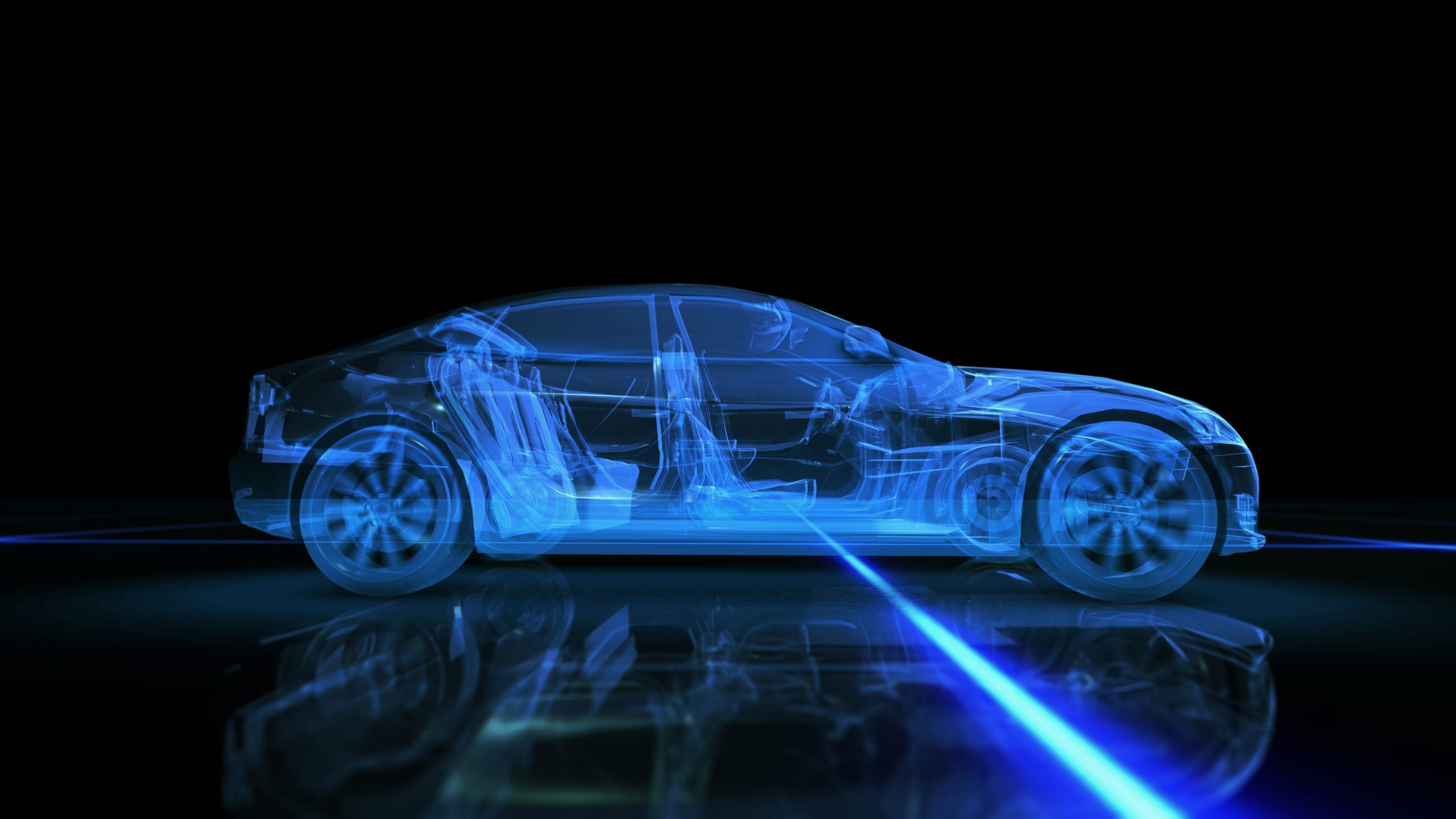

Edgy analysts have been heralding the death of the internal combustion engine for decades, yet gasoline cars keep chugging along with ever more efficiency. Nevertheless, all good rides must come to an end, and it seems like the conventional internal combustion car is finally being overtaken on the highway by the almighty electric vehicle (EV).
Millions of electric cars are already on the road, and sales are predicted to surpass 220 million by 2030. The good news for automotive ecommerce stores is that EVs still burn through a lot of consumable components, and they accept many of the same aftermarket upgrades that your store probably already sells to so-called petrol heads. All you have to do is shake up your inventory and marketing strategies a bit to cater to EV drivers.
Maintenance Parts: Say Goodbye to Engine Oil and Ignition Coils
Oil changes are undoubtedly the most common car maintenance procedure. As such, engine oil and oil filters are among the best sellers for a lot of aftermarket shops. Unfortunately, electric cars require neither of those consumables.
In fact, electric cars run without a lot of the maintenance items that you’re probably used to selling. Air intake filters, spark plugs and ignition components, transmission and differential fluids, manifold gaskets, catalytic converters…powering a vehicle with electricity makes all of those components obsolete.
While EVs may drive differently than internal combustion engines they still need to stop. EVs do require brake maintenance components like pads, rotors, and brake fluid, though maintenance will be less frequent than their gasoline counterparts due to regenerative braking technology. Tires, cabin air filters, and car cleaning accessories will all still be fair game also.
As for the powertrain – electric motors and batteries require very little maintenance unless they’re damaged or worn out from extremely high mileage. When either of those things happen, the cost and complexity of the repairs generally necessitate a specialized technician.
In other words, driveway mechanics purchasing maintenance parts to install at home will be a much smaller demographic.
Powertrain Upgrades: Out with Hardware, In with Software
Unfortunately, pretty much all of the traditional aftermarket engine upgrades are off the table as well. Cold-air intakes, performance exhaust systems, turbo system components…any upgrade that bolts onto the engine will be incompatible with electric powertrains.
Some new potential mods are entering the market though in the form of software packages. Tesla already offers different software tunes to suit different performance targets, including their famous “Ludicrous” mode that temporarily amps up the Model S’s power output for straight-line sprints and drag races. Aftermarket tuners are already getting in the game too, such as Genovation with their custom electric power train swaps and tuning products. Less extensive software modifications are also possible, such as artificial engine notes that play through the car’s audio system as the driver accelerates.
No matter how complex electric cars and their computer systems become, there will always be an aftermarket engineer somewhere finding ways to squeeze more power and sportiness out of them. Whether they do so using a wrench or keyboard, you’ll still have a performance product to add to your digital shelves.
Electric Cars Can Still Dance with Handling Upgrades
Automotive technology may continuously evolve, but physics stays the same. If you want to modify a car to go around a turn faster, you lower the center of gravity, stiffen the chassis and suspension, then wrap the wheels in sticky tires. Electric motors don’t prohibit any of those upgrades.
Performance driving enthusiasts and weekend racers will still be in the market for mods that improve driving dynamics and handling. In fact, the market for chassis and suspension upgrades may even grow as enthusiasts have less options to inject performance and personality into their engines and transmissions.
Good Looks Never Go Away
When it comes to aftermarket suspension upgrades, handling improvements are only half the story. There are just as many enthusiasts who purchase performance lowering springs and shocks simply for the low-profile stance of the upgraded suspension.
Aftermarket wheel sets go hand in hand with lowered suspension setups. From there, the sky’s the limit when it comes to aftermarket aesthetic modifications. Sporty bumpers and ground effects, custom hoods and headlights, along with the increasingly-popular trend of custom vinyl graphics and full exterior vinyl wraps are what enthusiasts will use to make their electric cars scream rather than a set of unmuffled exhaust pipes.
Hot-Rodding Is Forever
People have been modifying their rides since the invention of the wheel. Speed addicts in the 19th century were figuring out ways to cram more heat into their steam engines, wealthy ancient Egyptians and Europeans rode around in tricked-out chariots – it’s absurd to think that driving enthusiasts will suddenly lose the itch to tinker with their cars once they’re powered by electrons instead of gasoline.
Conclusion
The challenge is simply keeping yourself and your automotive store up to date with the aftermarket trends that will lead the way into the future of electric hot-rodding. For assistance with keeping your auto webstore tuned to the changing marketplace, please feel free to reach out to us.






